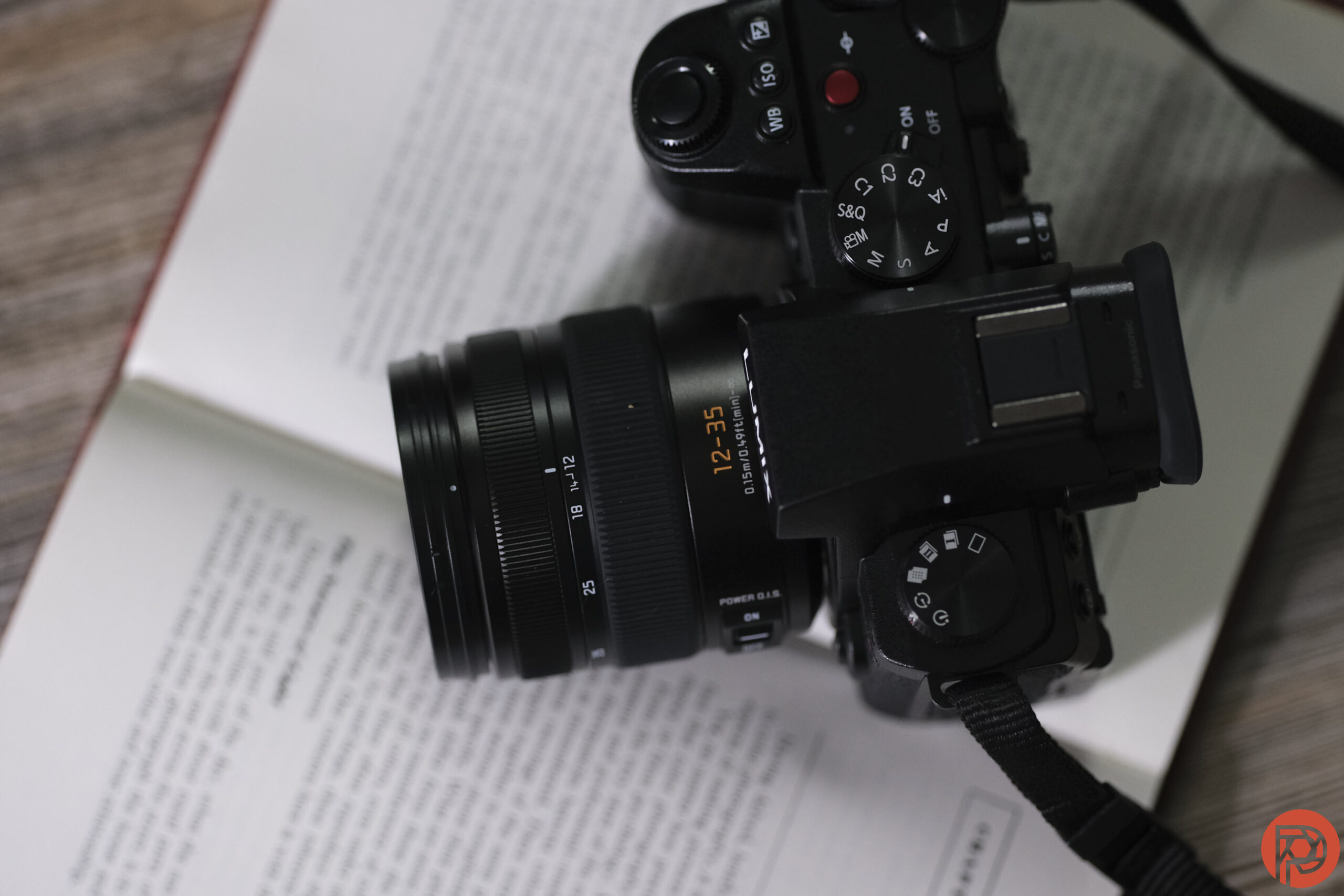As a popular workhorse focal length, Micro Four Thirds shooters have a few options for a 24-70mm equivalent lens. But one of those options comes with a Leica-branded design without the luxury price. The Panasonic Leica 12-35mm f2.8 ASPH Vario-Elmarit Power OIS is an update to Panasonic’s Micro Four Thirds 24-70mm equivalent. The most significant change to the lens is that Leica in the name, becoming one of Panasonic’s co-branded lenses with the luxury German company.
Besides the new Leica name and look, the lens also sees an updated stabilization system as well as tweaks to the autofocus motor and iris. But, while the lens is equivalent to a 24-70mm, the f2.8 aperture on a Micro Four Thirds sensor translates to an f5.6. Still, the lens’ compact size, reasonable price, and gorgeous flare will catch the eye of more than a few photographers.
Table of Contents
The Big Picture
The Panasonic Leica 12-35mm f2.8 could capture the heart of Micro Four Thirds shooters who prioritize portability and price point — but it will get a “meh” reaction from bokeh snobs. The lens is a lightweight, versatile lens that can easily stay mounted on the camera all day long. The autofocus is decent in most scenarios. And it has a lovely metal build with weather-sealing and Leica styling. But the real reason I love this lens is that it creates beautiful streaky flare when directed towards the sun. Streaks of sunlight typically need a fingerprinted, dirty lens front or a narrow aperture to create a starburst, but with this lens, you can get nice streaks of light or colorful circles easily.
While I love the flare, I’m not crazy about the bokeh, which easily takes on a hard edge. Bokeh lovers are going to want to wait until they can afford the Panasonic Leica 10-25mm f1.7. While overall good, the autofocus has some misses in backlighting, which is where this lens’ gorgeous flare pops up.
I’m giving the Panasonic Leica 12-35mm f2.8 ASPH Vario Elmarit Power OIS four out of five stars.
Pros
- Compact, lightweight 24-70mm equivalent lens
- Weather-sealed metal lens barrel
- Autofocus is fast when the lighting is good
- Close six-inch focusing capabilities
- Flare from this lens is full of character and really lovely
- Good color without noticeable colored fringing
- Decent sharpness
Cons
- Autofocus has more misses in backlighting
- Pixel peepers won’t like the onion ring bokeh
- Lacks an aperture ring
Gear Used
I used the Panasonic Leica 12-24mm f2.8 with the Panasonic G9 II. Both the camera and lens are temporarily on loan from Panasonic for the purpose of this review.
Innovations
One of the biggest changes on the lens is right in the name — it’s now part of the family of Panasonic-Leica branded lenses. Besides the name, that gives the lens a look closer to that of a Leica lens than a Panasonic. The lens also uses the latest Power OIS version, updates the autofocus, and upgrades the iris. That brings a few nice additions to a crowd-favorite lens, but there’s nothing over-the-top unusual here.
Ergonomics
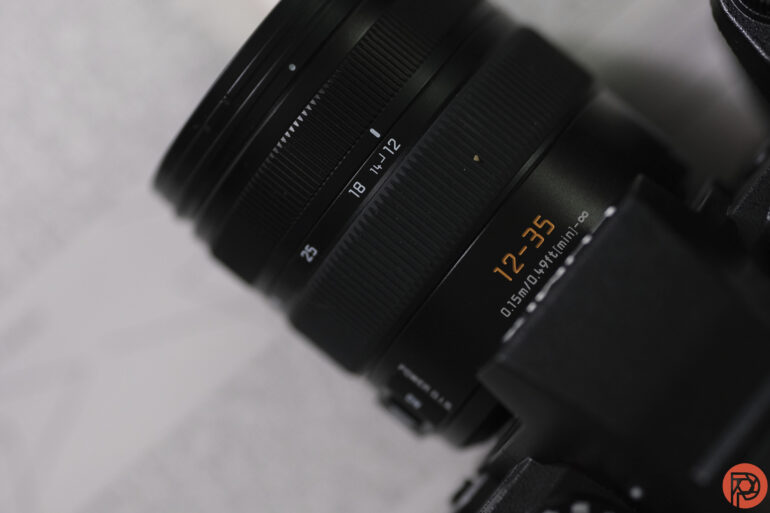
One of the biggest perks of the Panasonic Leica 12-35mm f2.8 is the size, which is pretty compact and lightweight for a 24-70mm equivalent. Here’s the full tour of the lens taken from our initial Panasonic Leica 12-35mm f2.8 preview:
Considering the size of most 24-70mm f2.8 lenses, the crop factor allows the Panasonic Leica 12-35mm f2.8 to come in a considerably smaller package. The lens is just under three inches long and weighs about .7 pounds despite using metal rather than plastic in the barrel. The lens is not an internal zoom, so it does extend out at 35mm. It’s an easy lens to wear for long periods, especially on the G9 II, which is a little large for a Micro Four Thirds but has a great grip on it.
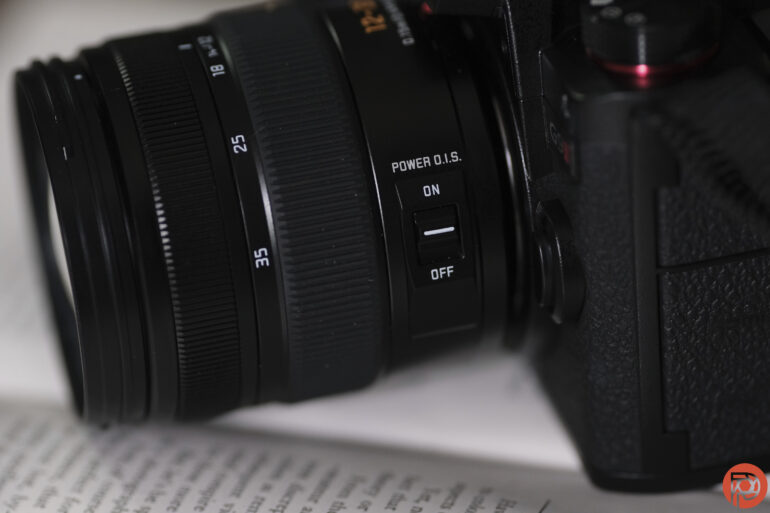
The controls on the lens are minimalist but sufficient. The barrel houses a Power OIS on and off switch, a zoom ring, and a manual focus ring. The zoom ring has a nice rubber texture, while the focus maintains the metal feel of the rest of the barrel. The two different textures make it easy to grab the correct ring without pulling your eye away from the viewfinder. I did, however, miss the aperture ring on the Panasonic Leica f1.7 zoom lenses, which is absent here.
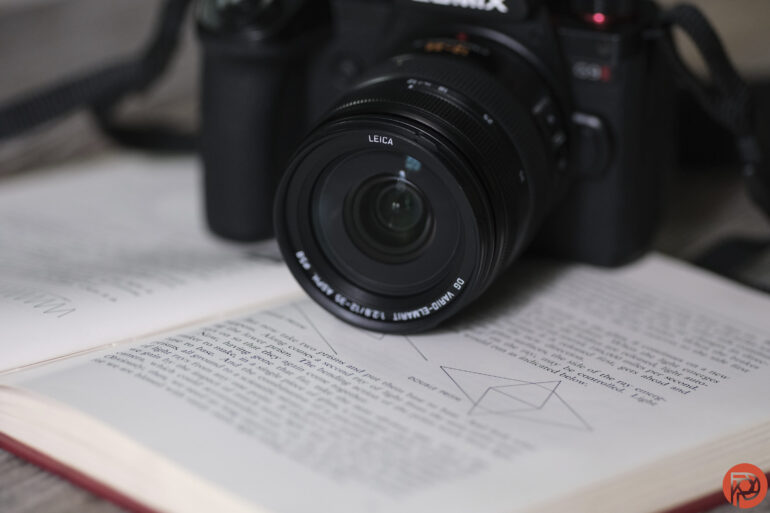
The lens uses Leica’s fonts and styling on the labels at the top of the barrel and the front of the lens. It uses 85mm filters at the front and ships with a lens hood.
Build Quality
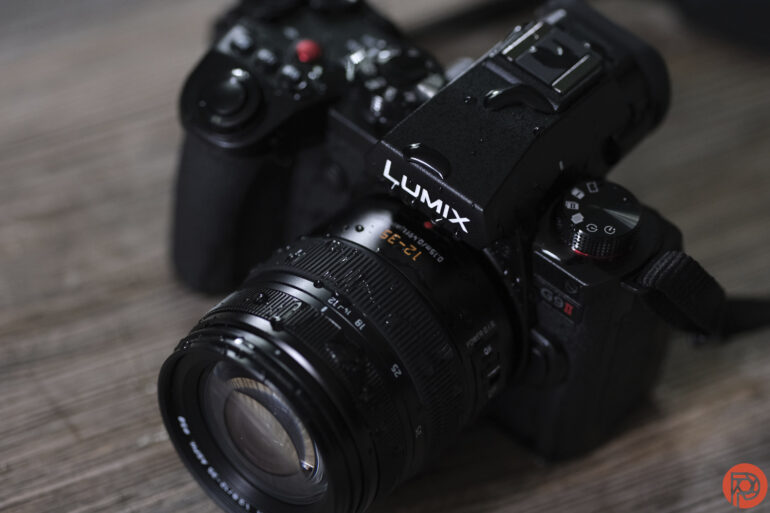
I took the Panasonic Leica 12-35mm f2.8 out in light rain and also gave it a good splash during a weather-sealing test. Both the camera and the lens continued to function normally after the dousing. I also didn’t detect dust or debris on the lens or the sensor during the course of my review.
The metal build gives the lens a really lovely feel in the hands. While the ergonomics are different than the Panasonic Leica f1.7 series lenses, the lens still feels high-end and durable.
Focusing
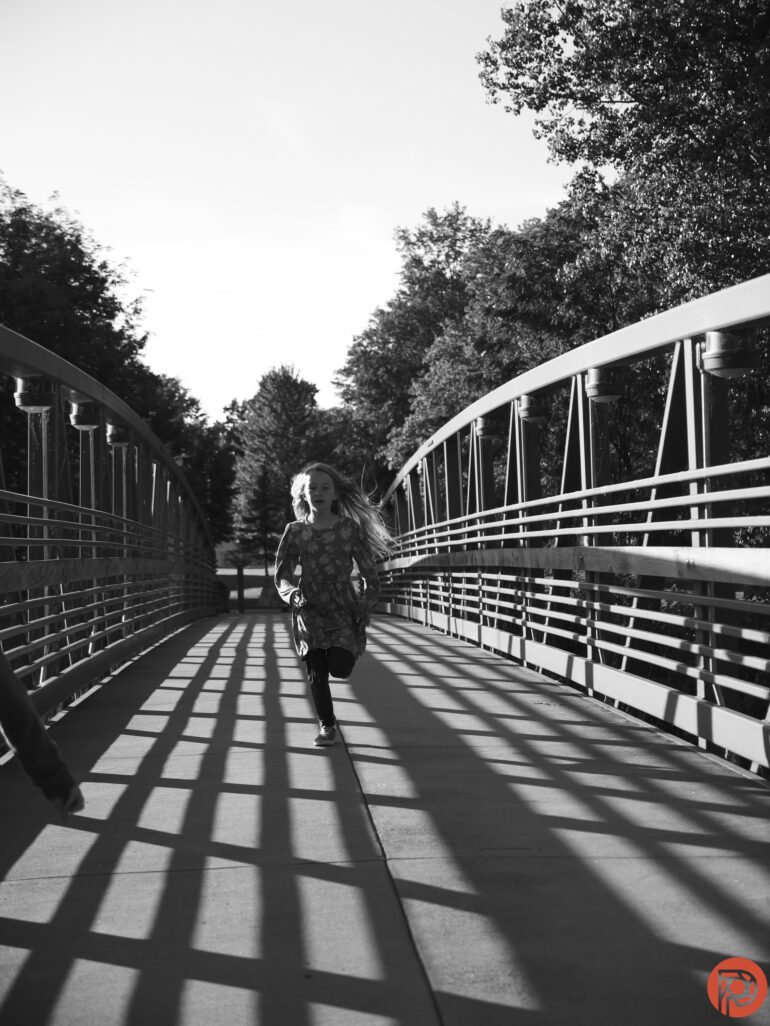
The 24-70mm equivalent is designed to be a versatile workhorse lens. In most scenarios, the autofocus on the Panasonic Leica 12-35mm f2.8 won’t hold it back from living up to that expectation. The exceptions where performance falters a bit are extreme backlighting and fast movement that’s close to the lens.
The compact zoom lens did an excellent job keeping up with kids running toward the camera, with only a few misses. The narrower depth of field of the wider focal lengths and Micro Four Thirds system helps here. For movement in good lighting, the lens won’t hold photographers back.
The scenario that was particularly tricky for the lens was extreme backlighting. While pointing the lens towards the sun creates beautiful flare, that drop in contrast makes it a bit more challenging for the autofocusing system. I was still able to capture some nice portraits of backlit, active kids, but the hit rate was a bit lower in this scenario.
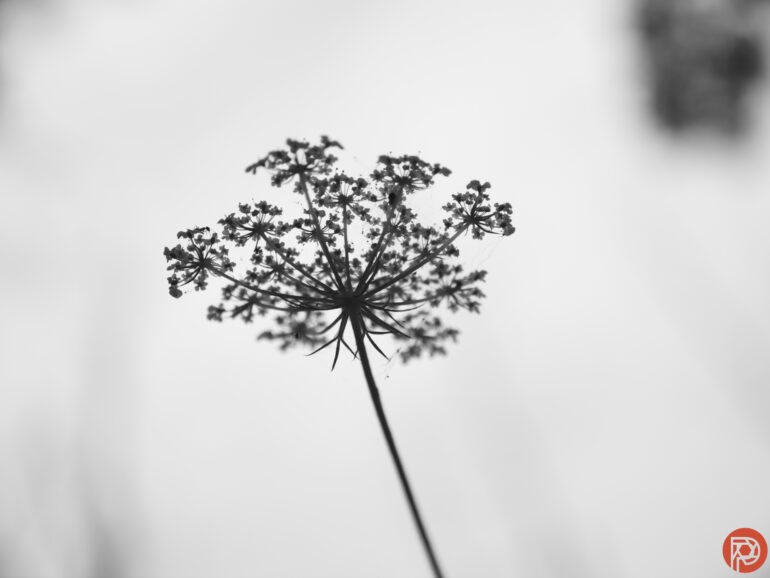
The lens can focus as close as six inches away, adding a boost to that workhorse versatility. Focusing in that close is where the best bokeh is going to come in. Close to the lens, however, the action doesn’t have as high a hit rate as more distant subjects.
Ease of Use
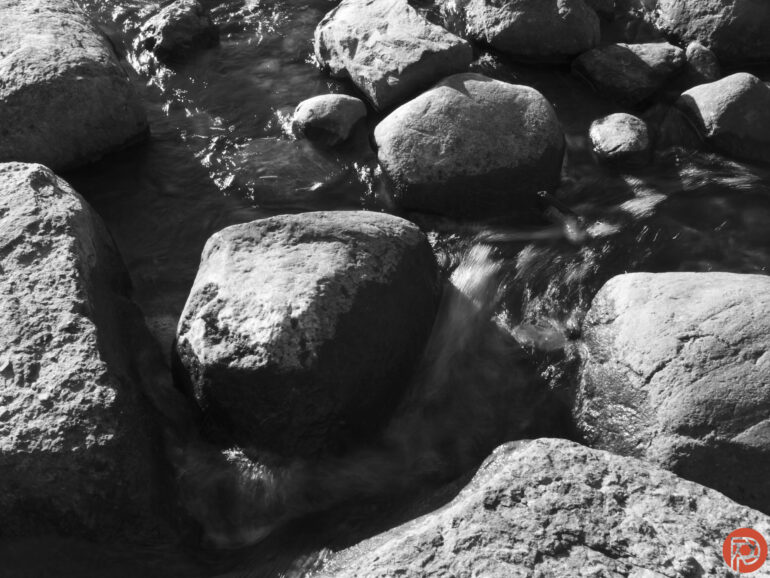
As a wide-angle lens equipped with stabilization on a stabilized body, camera shake was rarely an issue. I could take some handheld images blurring water rapids at 1/5 of a second. Bracing my elbows, I could take steady photos for one second, even when getting in close to the subject. Of course, shutting handheld this low has a lower success rate and requires careful handholding, but it is possible.
The stabilization mixed with a simple control scheme makes the lens easy for beginners to use. But photographers of any skill level will appreciate the lens’ compact size and lightweight profile that makes it an easy lens to wear for long shoots.
Image Quality
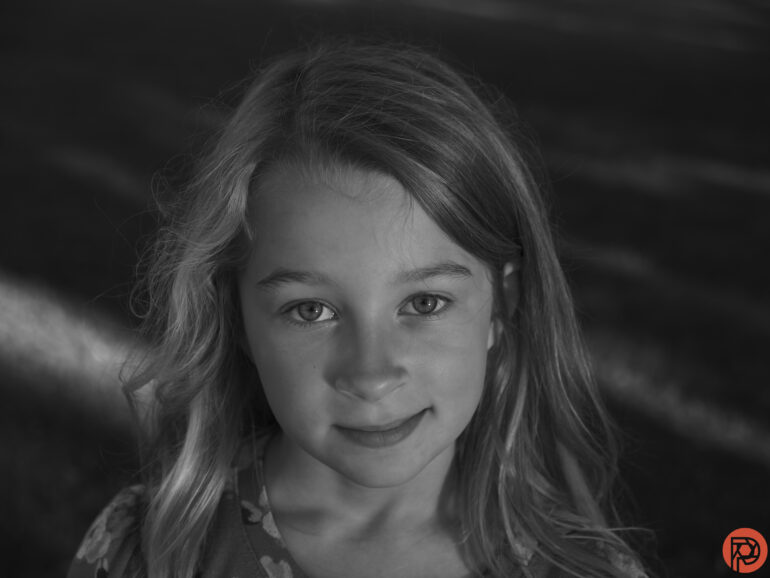
If I had to sum up the images from the Panasonic Leica 12-35mm f2.8 in under five words, I would say this: Great flare, meh bokeh. Directed at the sun, the lens creates a lovely streaky flare without narrowing the aperture. Sharpness and color are also solid. But the wider angle and Micro Four Thirds sensor aren’t going to deliver pixel-peeping bokeh.
Bokeh
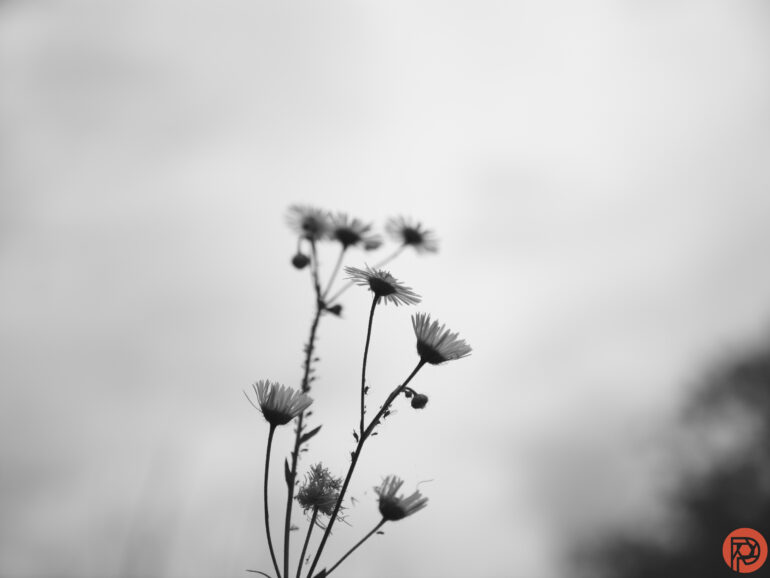
Wide angles aren’t known for bokeh. Mix that with a Micro Four Thirds system, and your best bet for getting soft backgrounds with this lens is to take advantage of that 6-inch minimum focusing distance. Up close, you can get some nicely soft backgrounds, though it’s not brag-worthy.
Pixel peepers may be a bit disappointed with the bokeh balls coming from this lens. Bokeh balls created from harsh light sources, such as the sun filtering through the trees, tend to have a hard edge and occasionally a darker center as well. Of course, Micro Four Thirds shooters tend to not be bokeh snobs, but the bokeh here isn’t a favorite.
Color Rendition

Even shooting into the sun, JPEGs were clean without any detectable colored fringing. Occasionally, I was able to pick up a hint of purple fringing in the RAW files, but it’s minor enough that it’s an easy fix in post and difficult to detect without viewing the images at 100 percent.
The overall colors felt right in line with what I’d expect from Panasonic. I could get some nice, soft, warm colors shooting towards the end of the day and using the portrait color profile on the camera. Under standard color mode, colors were mostly neutral but skewed a little green — which is exactly what I expected, particularly when shooting with color cast off green grass.
Colors will wash out pretty quickly with harsh flare. But, partially block the sun with your subject, and colors are warm and soft. If you want both great flare and great colors, just play with the lens angle a bit and partially block the sun.
Lens Character
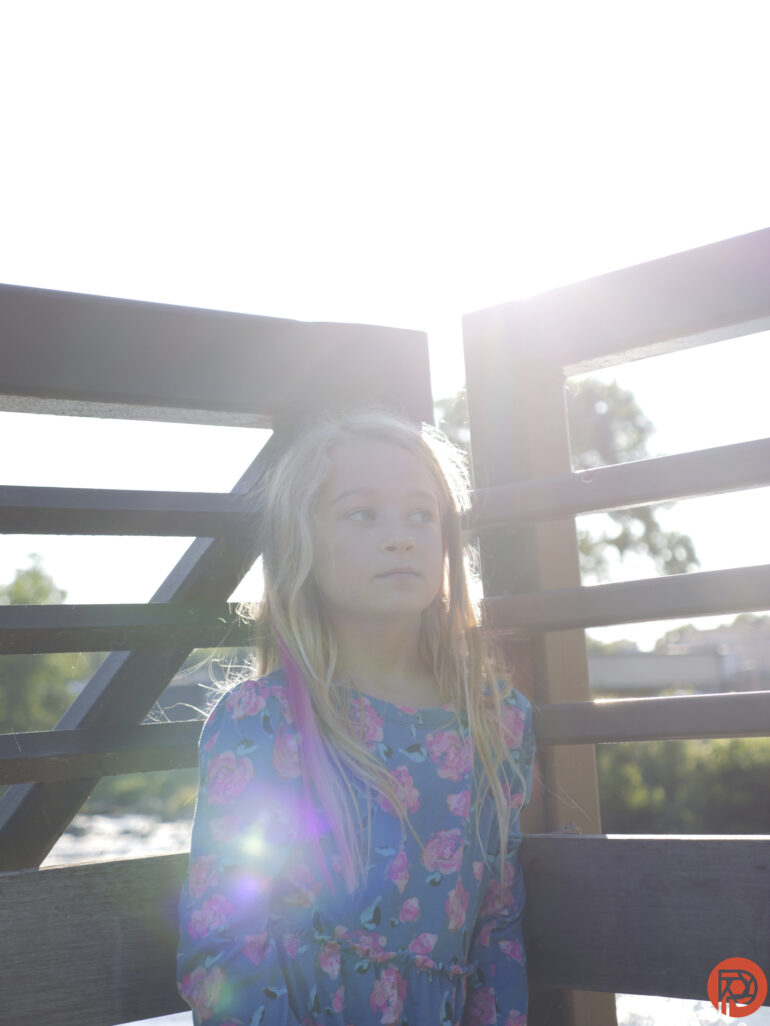
Shooting into the sun, the lens creates some soft flare. Block part of the sun with an object, and the lens produces streaky, starburst-like flare, even without stepping down the aperture from f2.8. Typically, getting a starburst-like flare requires stepping down the aperture or shooting with a dirty lens, so I really loved that I could get some nice streaky sun shooting wide open with a clean lens to keep contrast intact.
Getting colorful ghosting dots is also reasonably easy to do with this lens. Some photographers will complain about this, but this lens seems to produce more of the kind of flare that Photoshop artists would amusingly try to replicate. Shooting towards the sun with this lens is an instant way to add a bit more character.
Sharpness
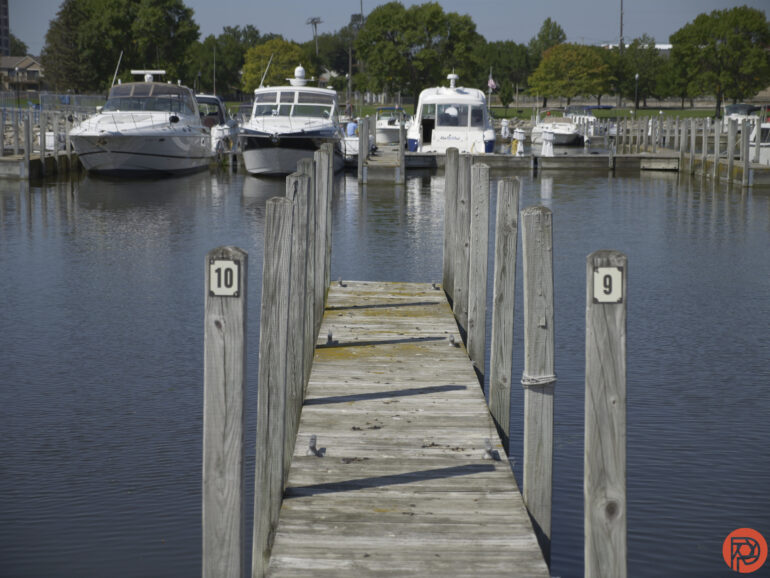
Nail the focus, and this lens will deliver nicely sharp subjects. Shooting portraits, the eyes are nicely sharp without being overly so. I really love the portraits taken with this lens and the Leica Monochrome color profile on the G9 II. The deep contrast of that black-and-white profile mixed with the sharpness of the lens really makes the eyes pop.
The sharpness doesn’t fall off too dramatically at the edges. Subjects placed towards the edge of the frame are still sufficiently sharp. Diffraction will reduce the sharpness at the narrowest apertures like f/22.
Extra Image Samples
From day one, The Phoblographer has been huge on transparency with our audience. Nothing from this review is sponsored. Further, lots of folks will post reviews and show lots of editing in the photos. The problem then becomes that anyone and everyone can do the same thing. They’re not showing what the lens can do. So we have a section in our Extra Image Samples area to show edited and unedited photos. From this, you can make a decision for yourself.
Unedited
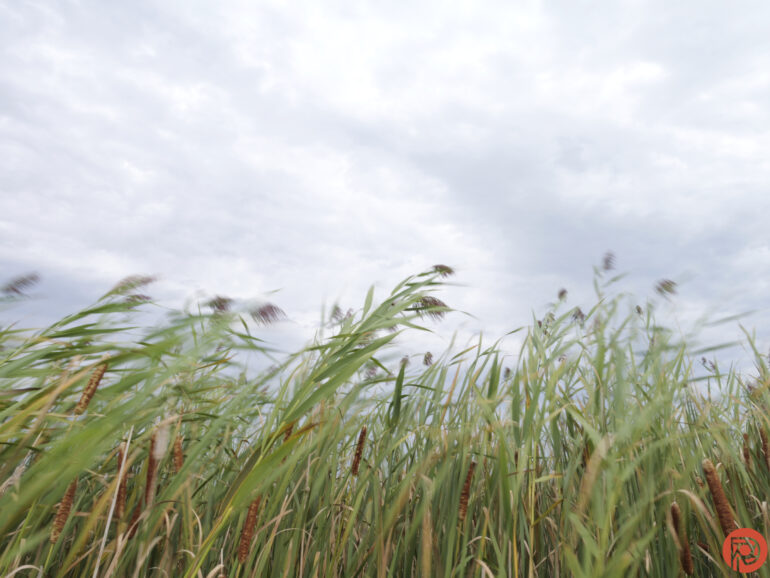
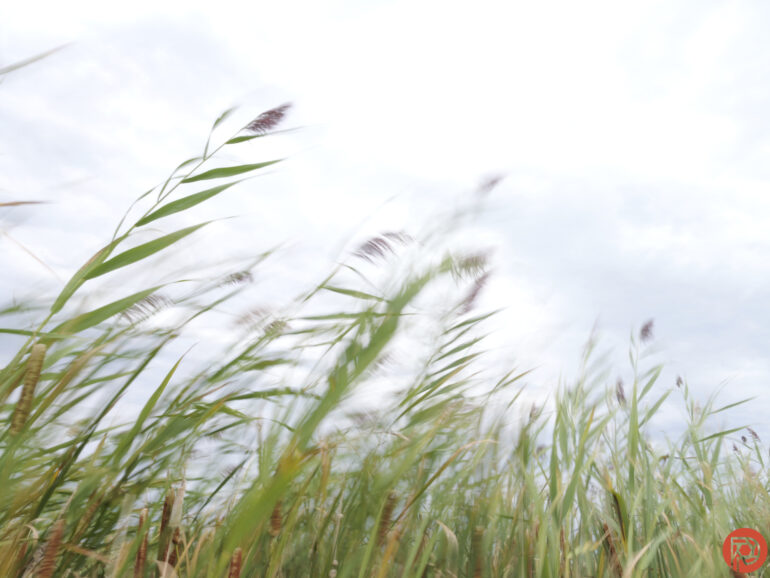
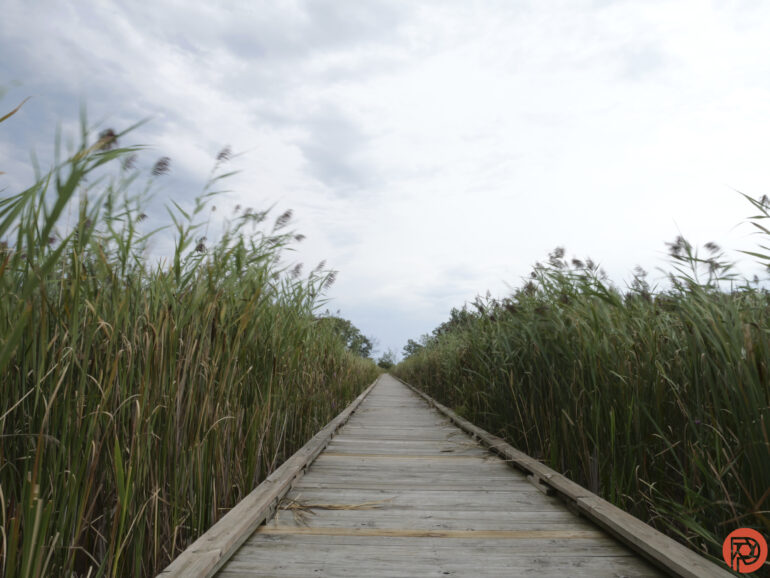
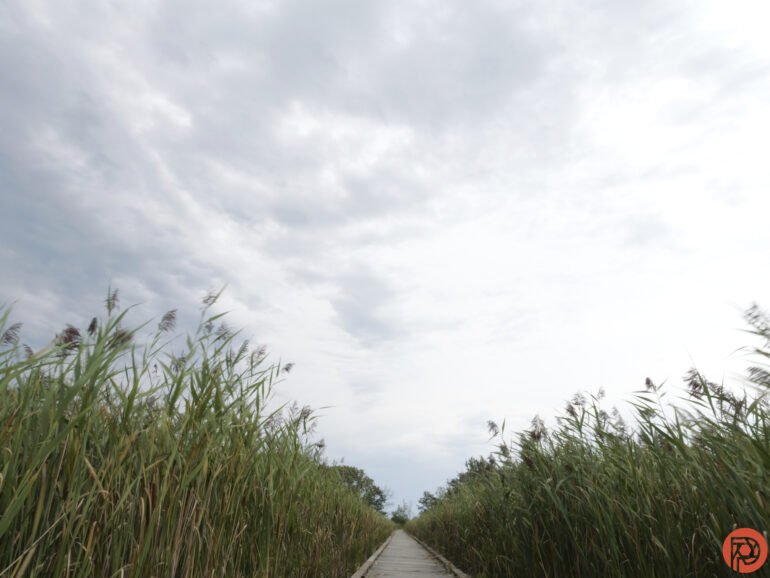
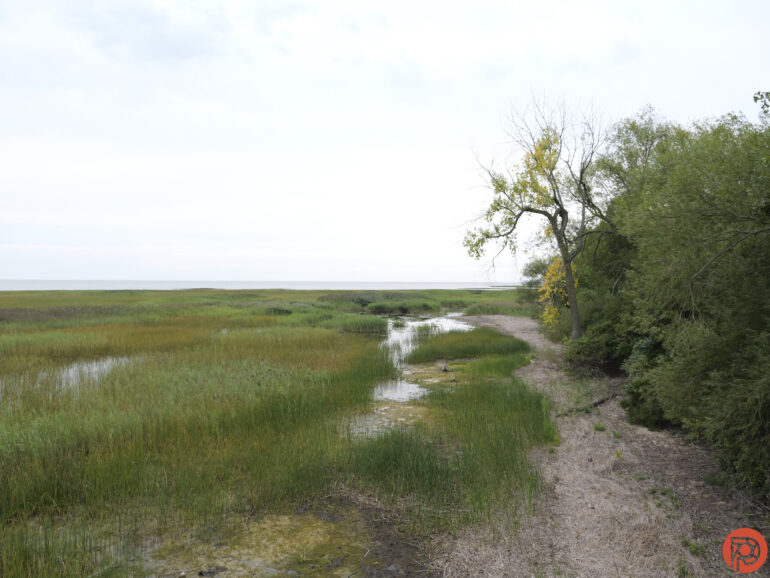
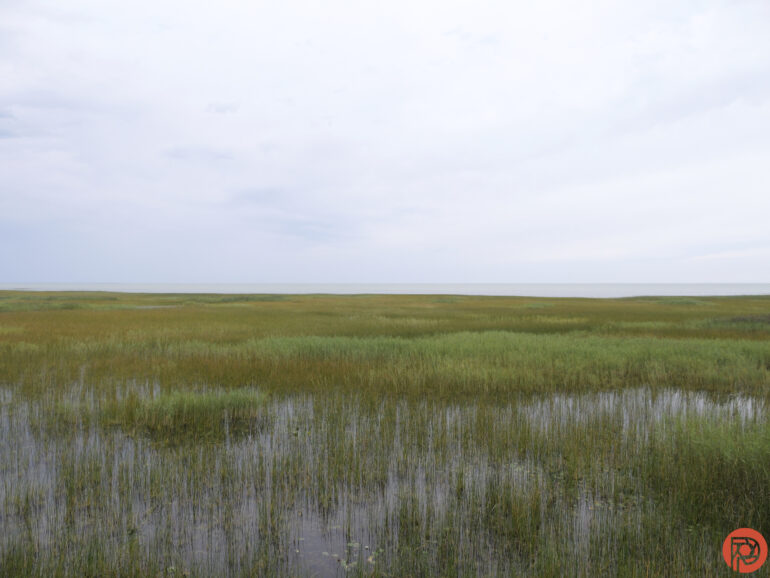
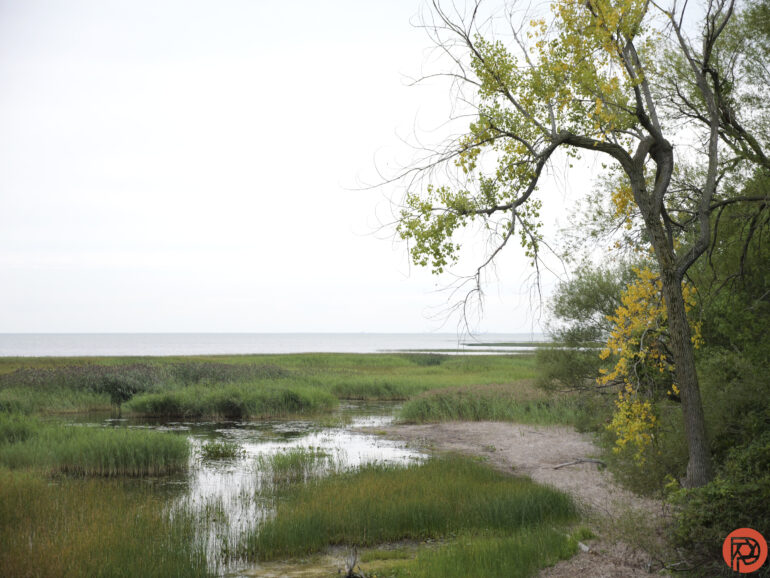

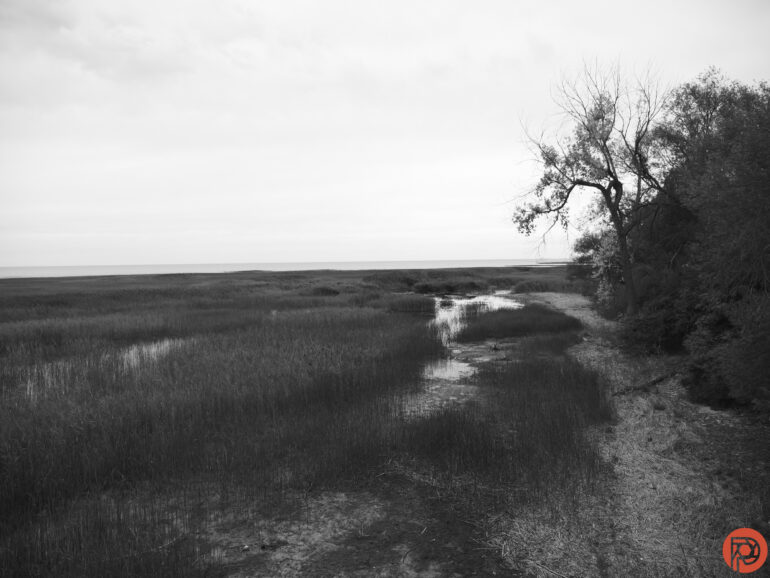
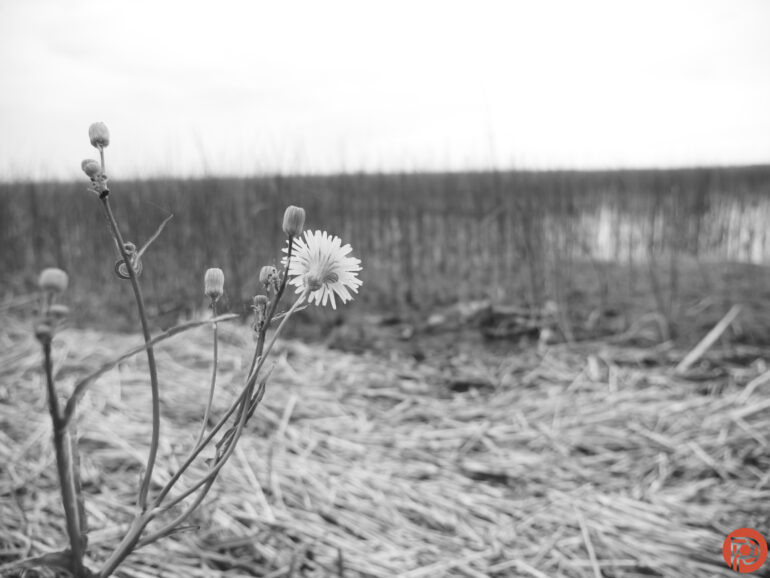
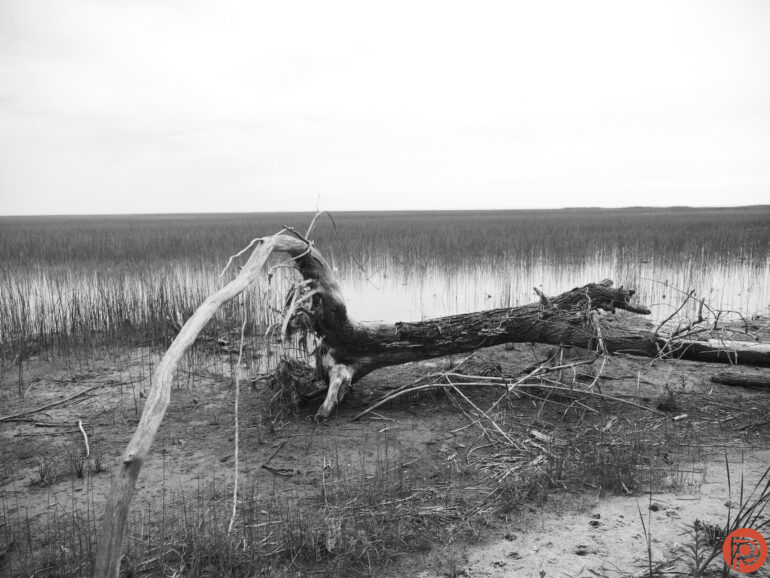
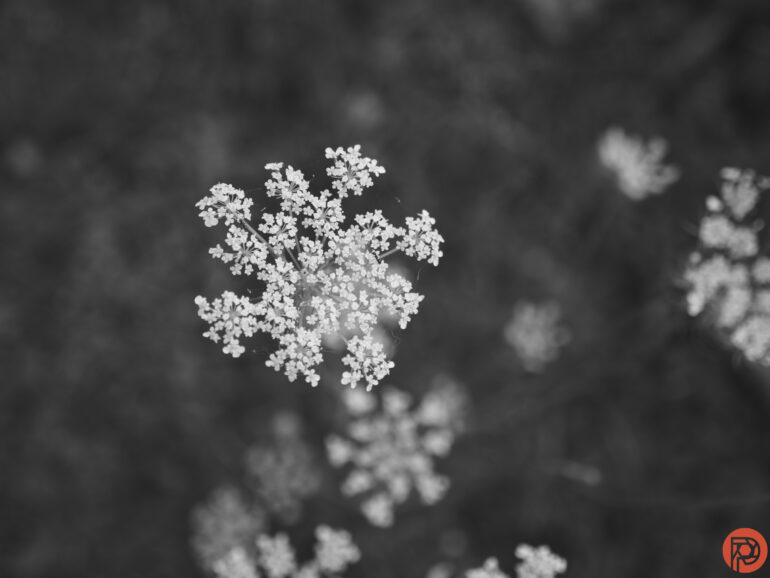
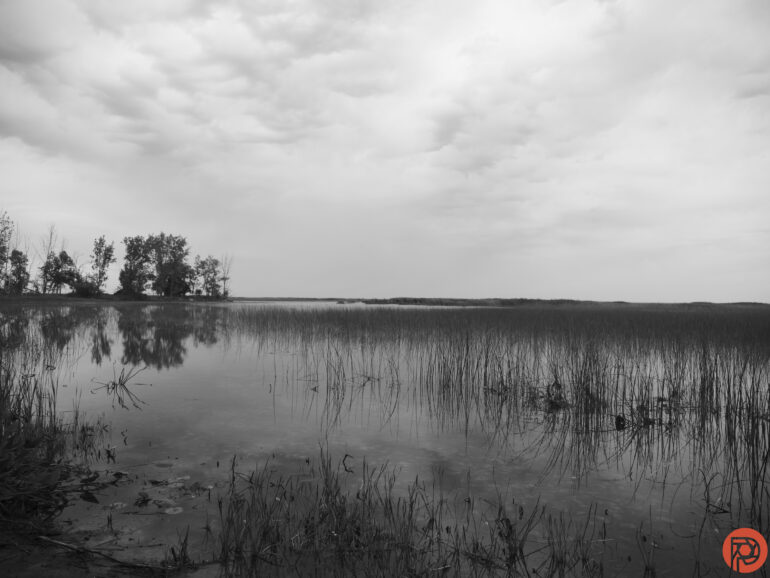
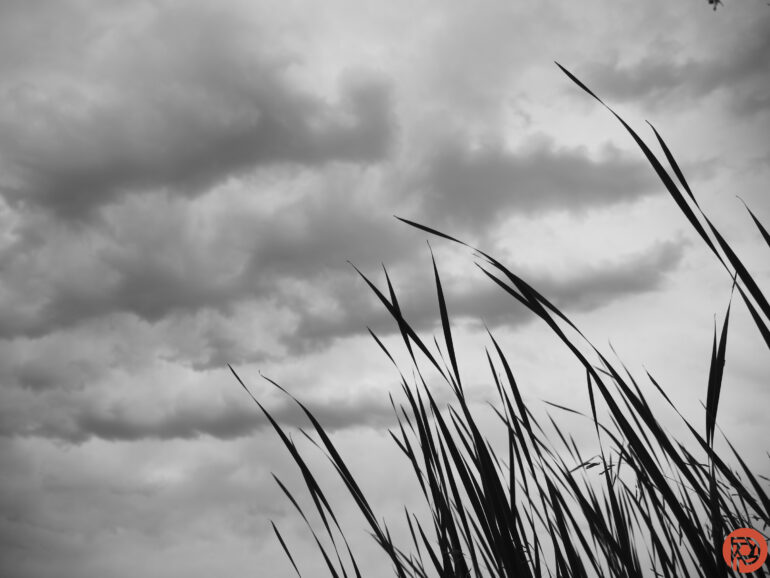
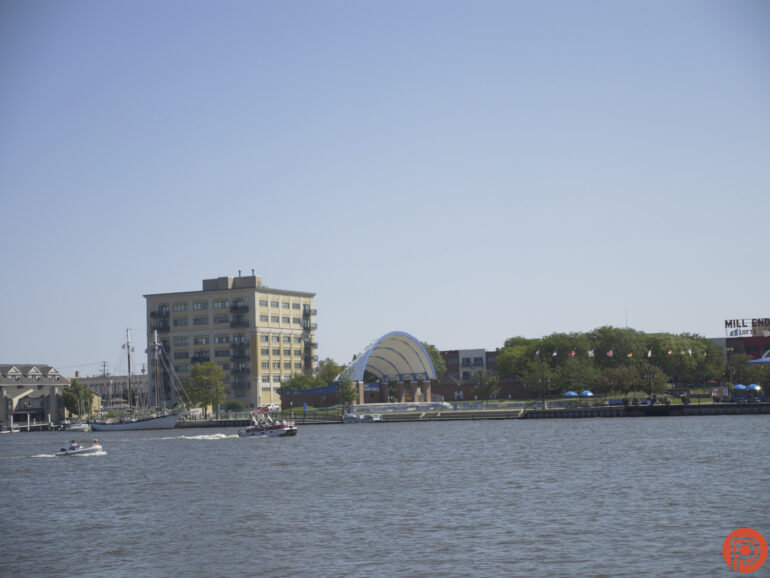
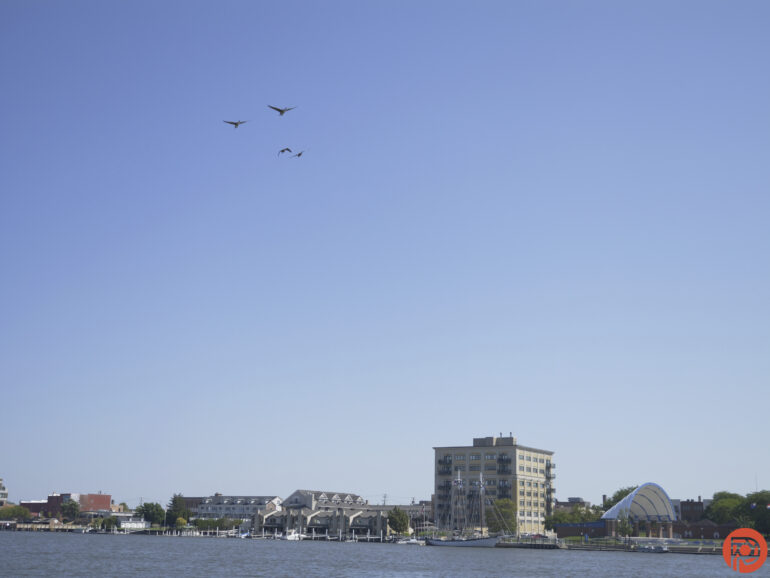

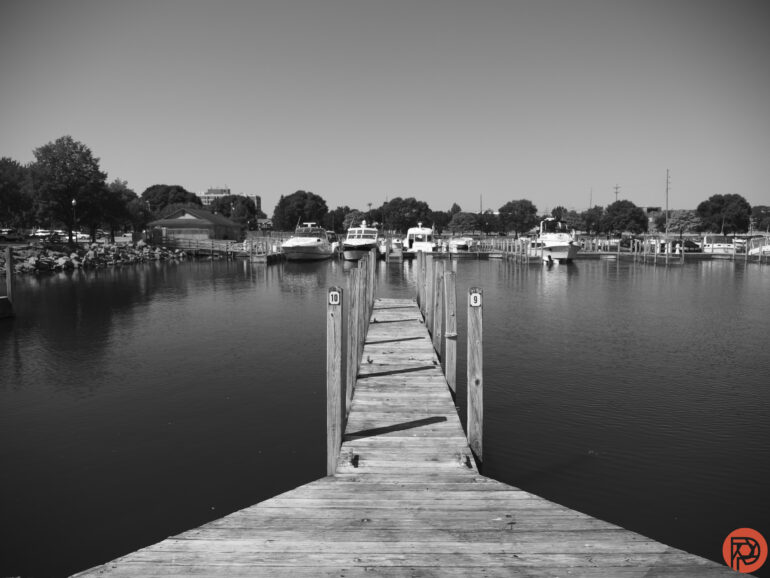
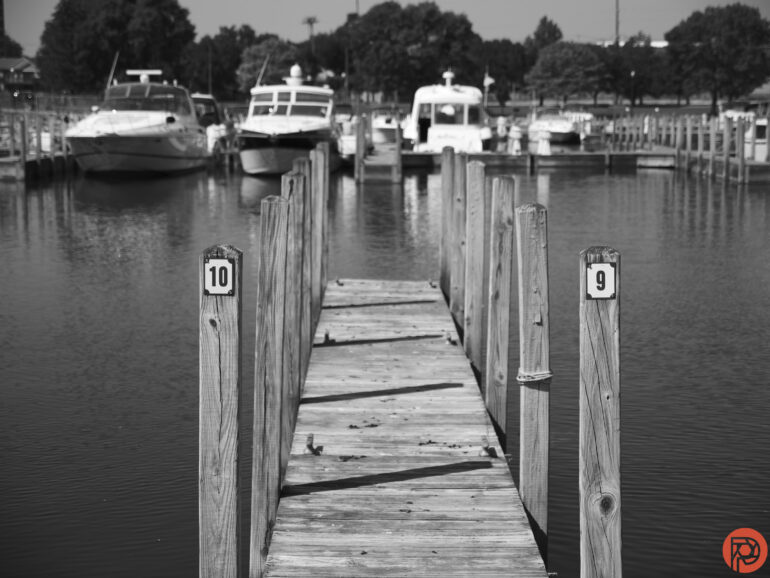

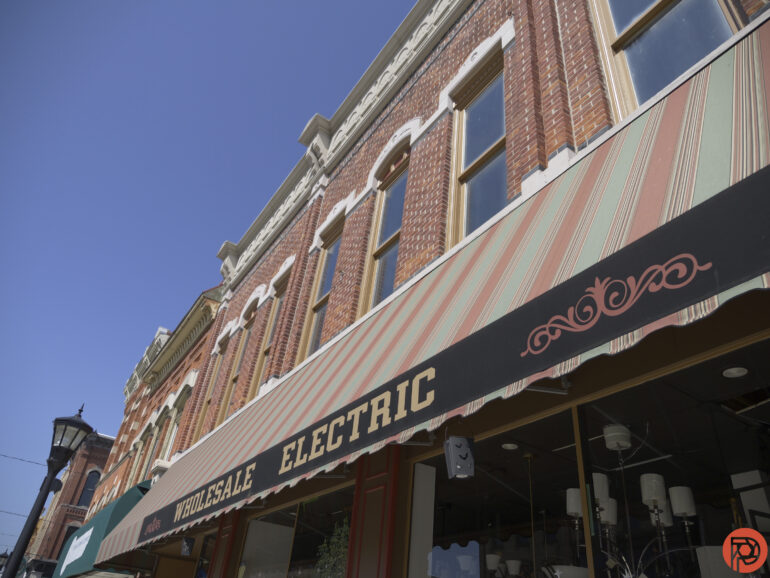
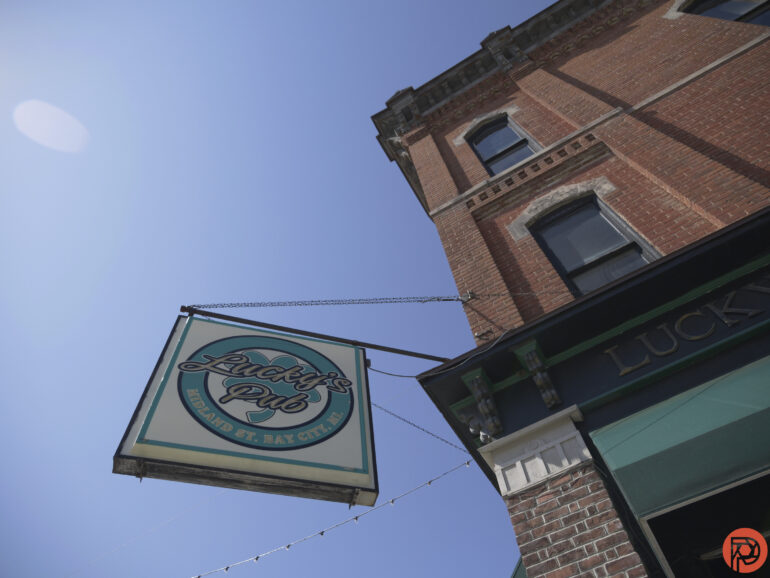


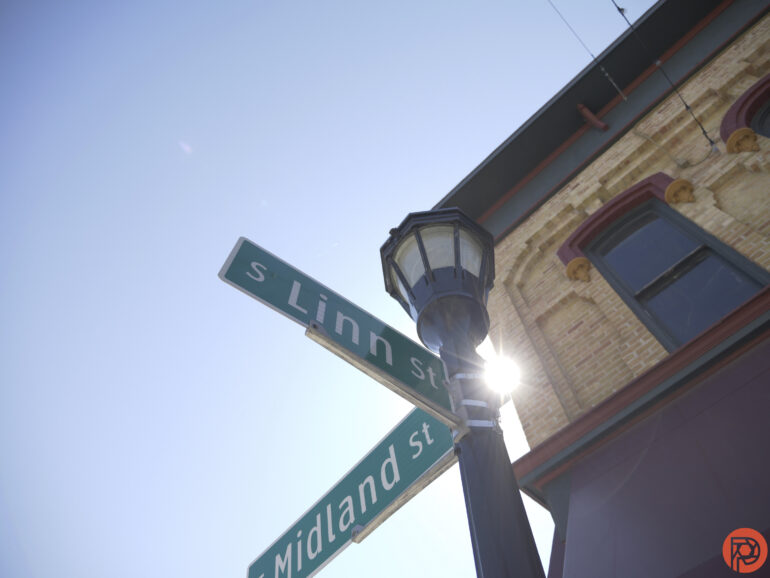
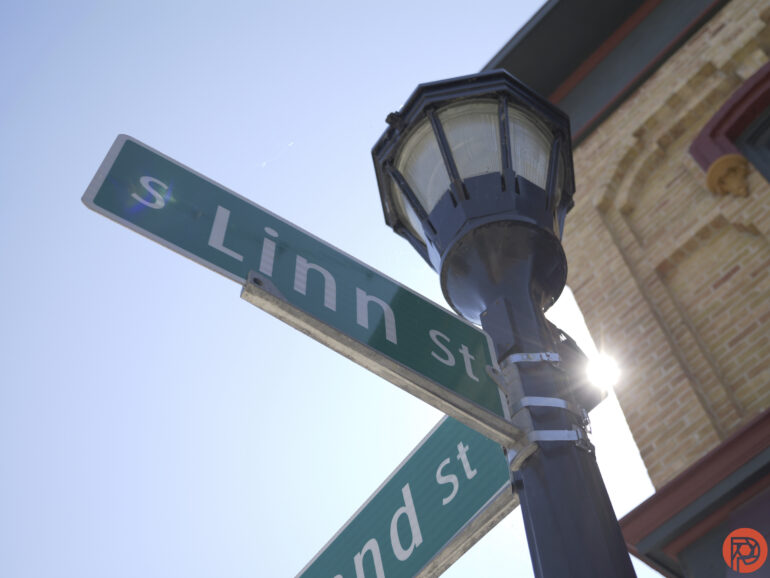

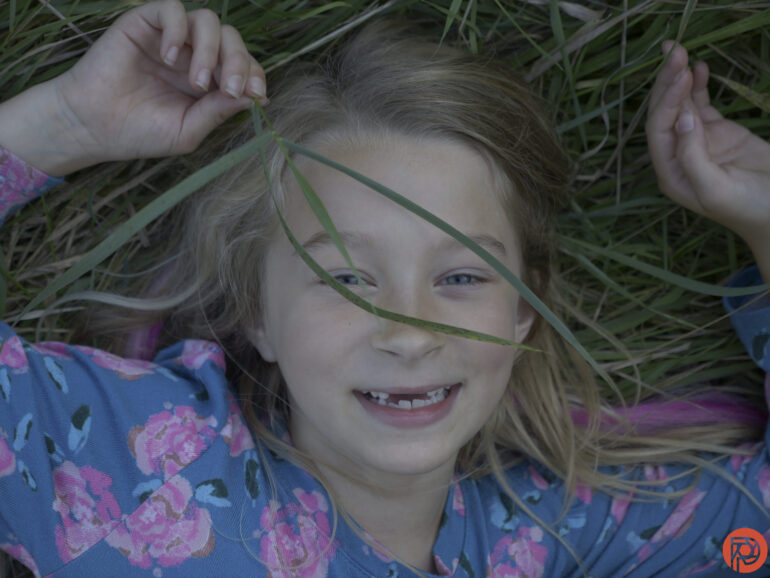
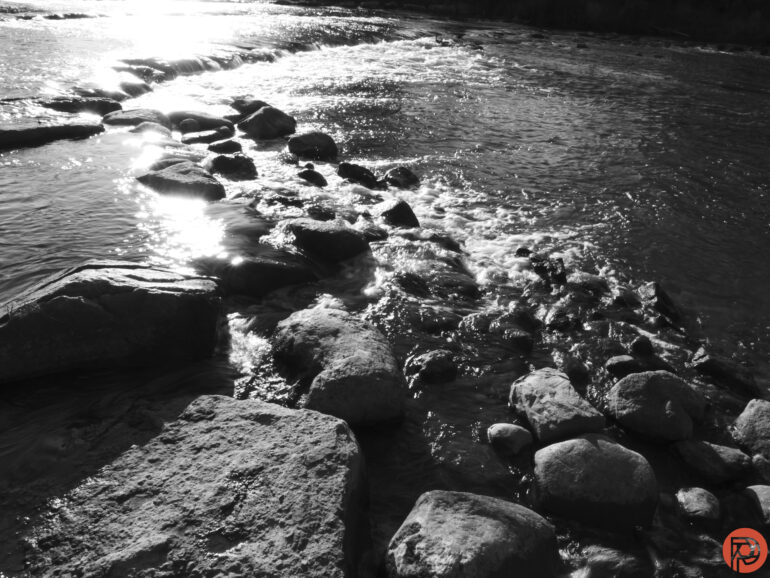
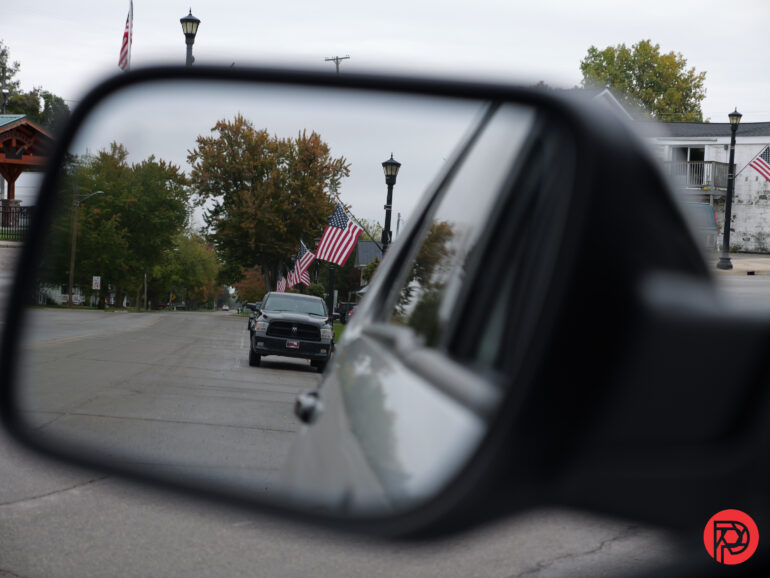
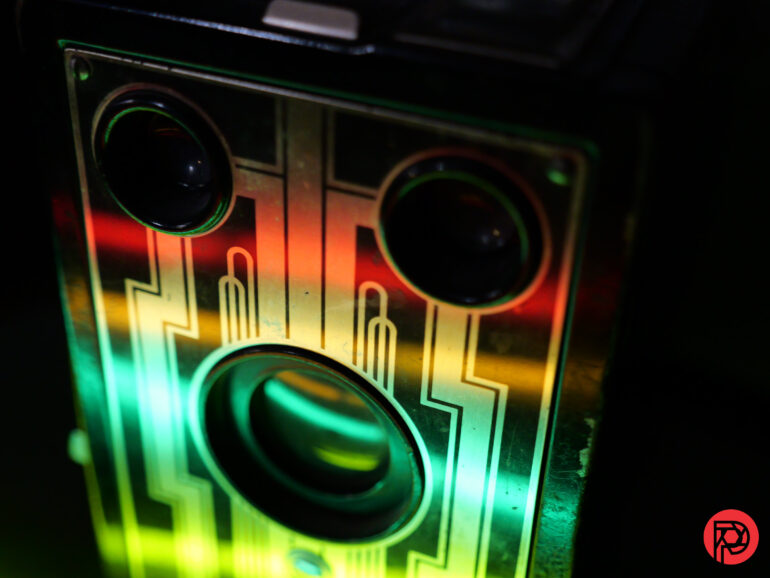
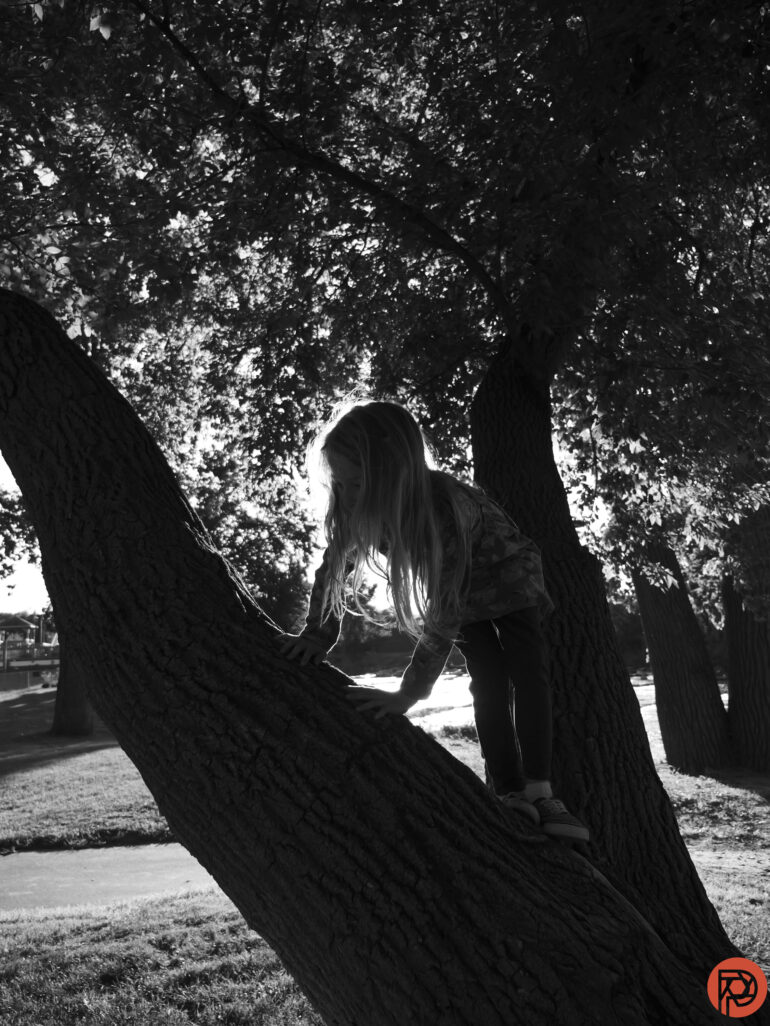
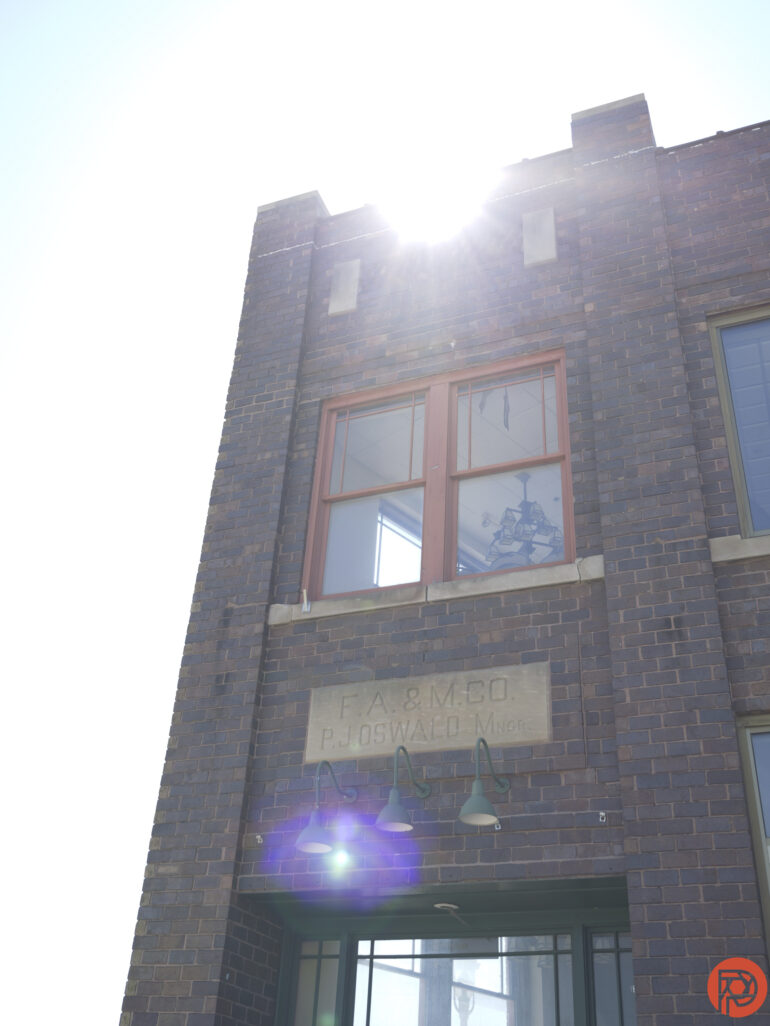
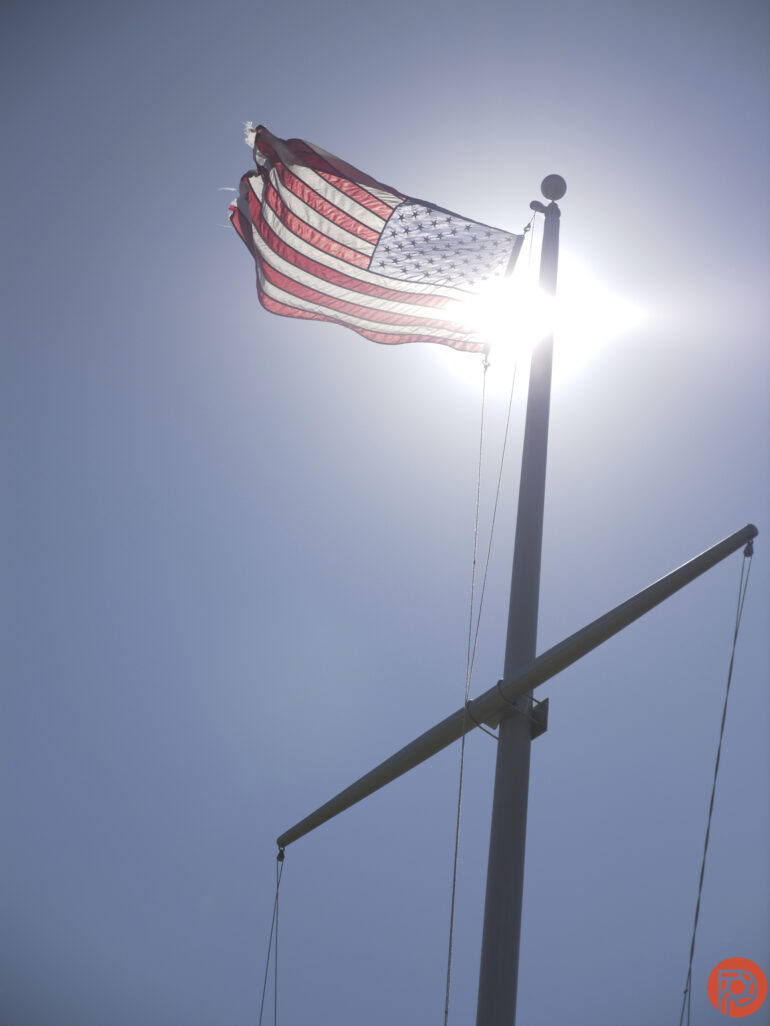

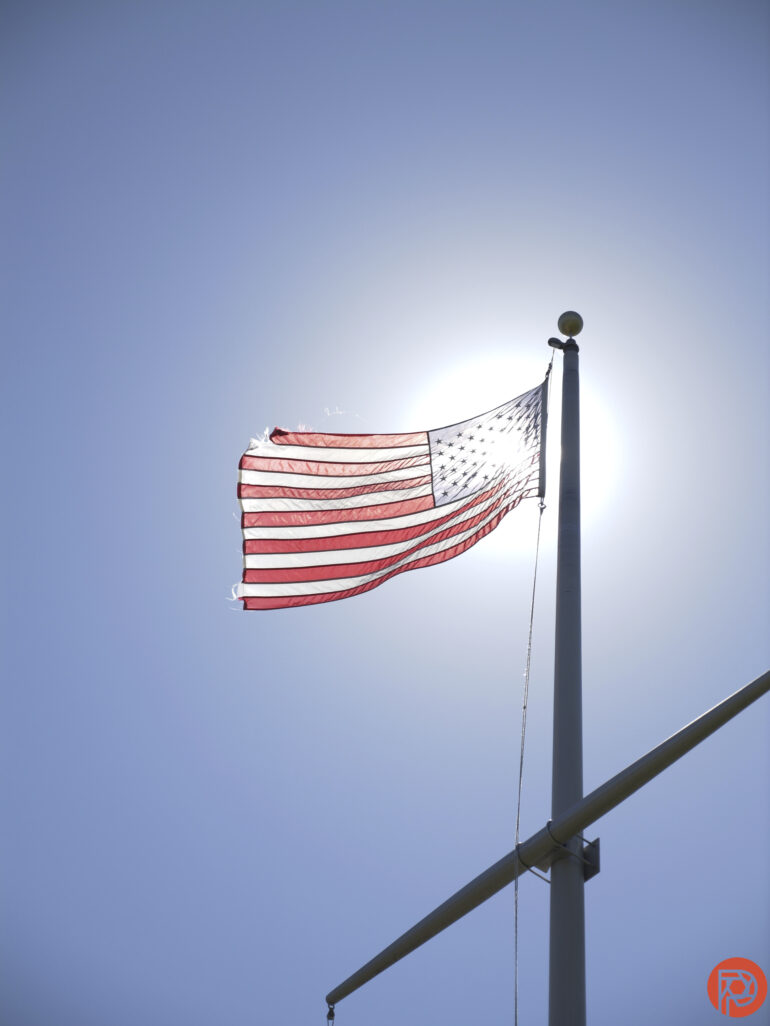
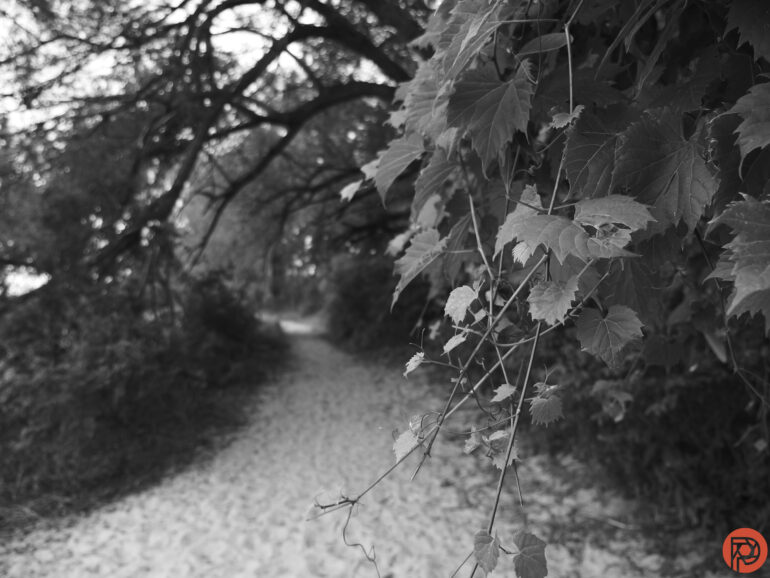
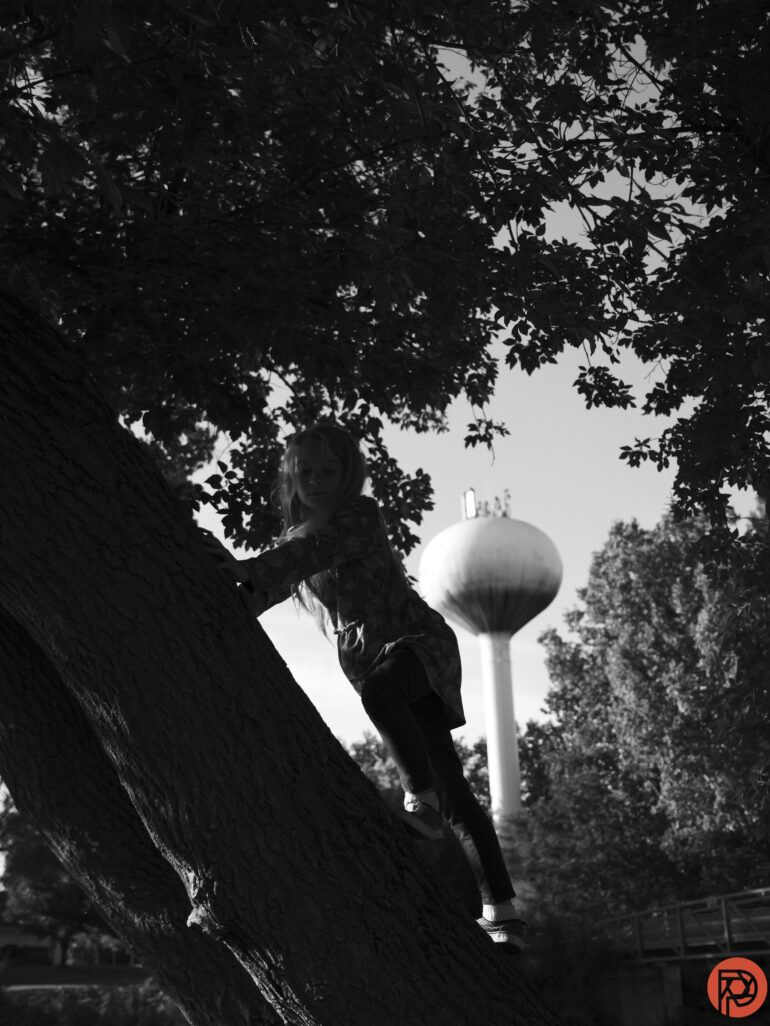
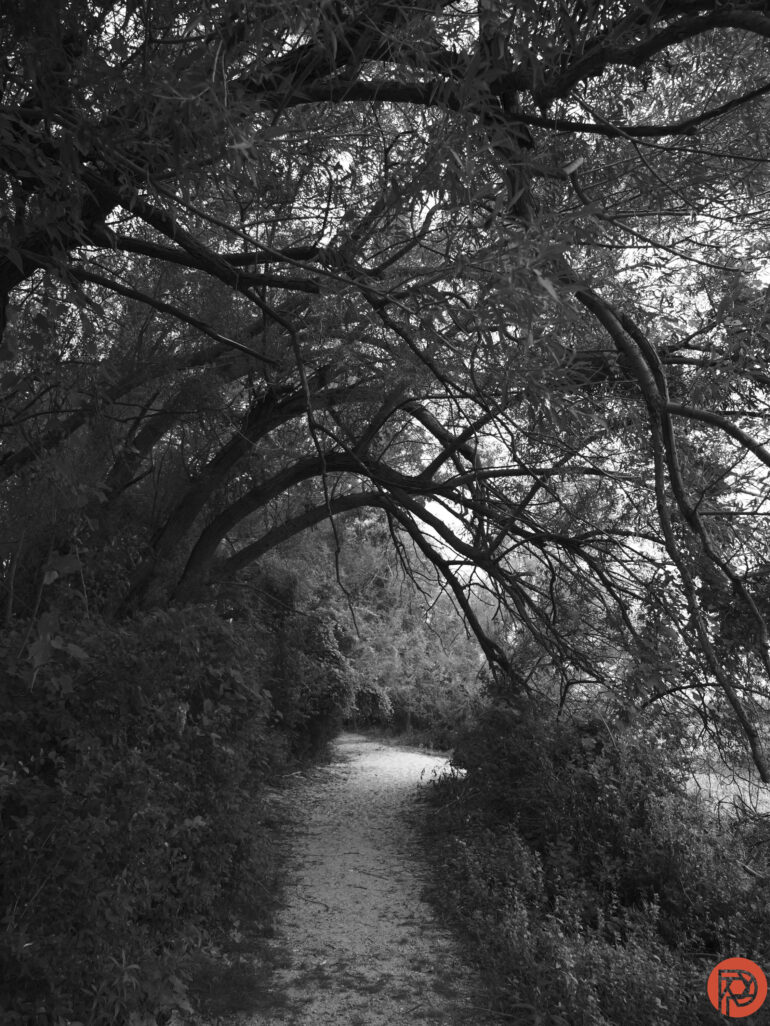
Edited

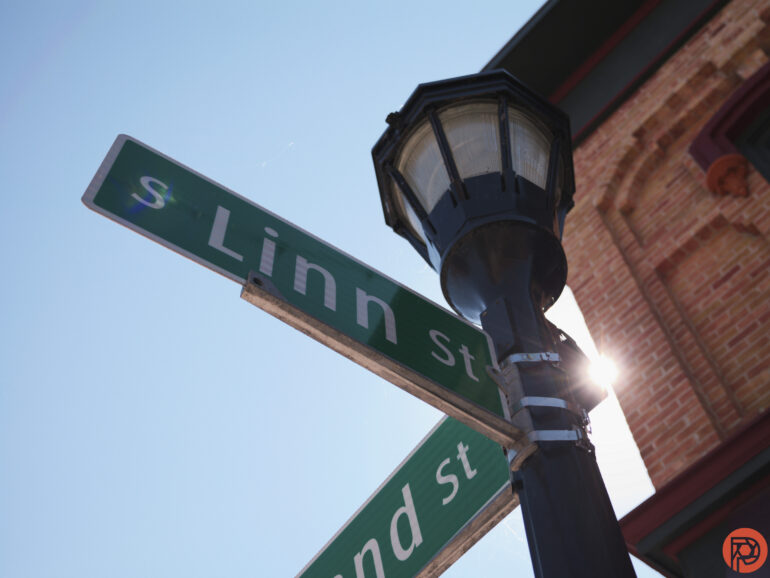
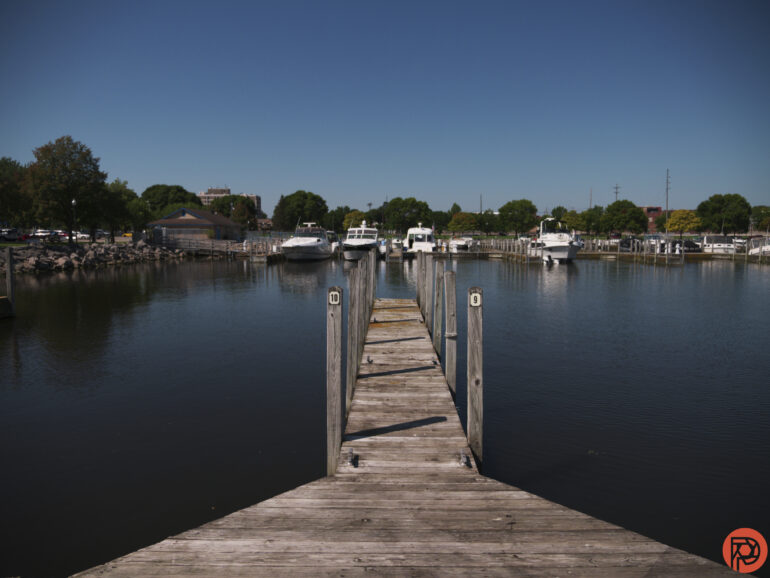
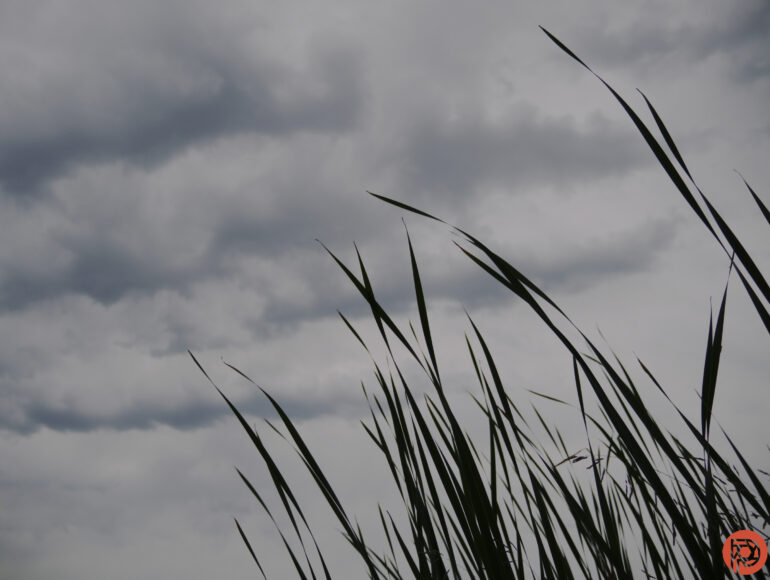
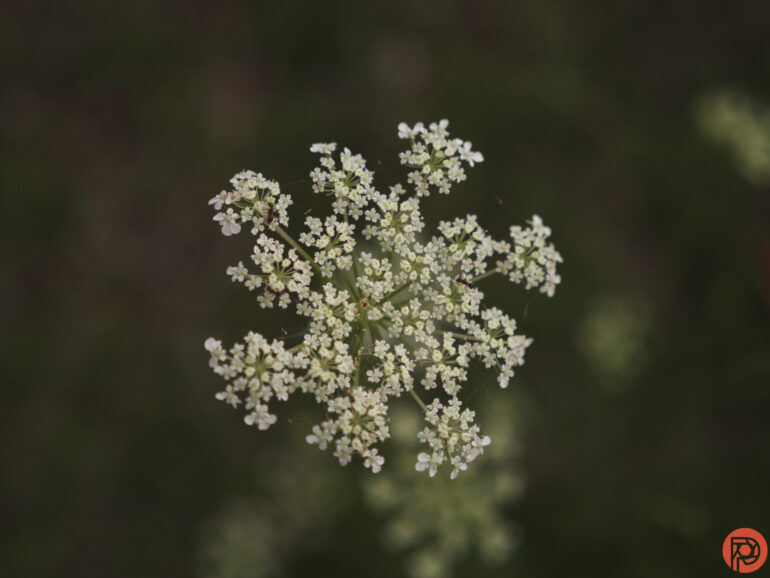

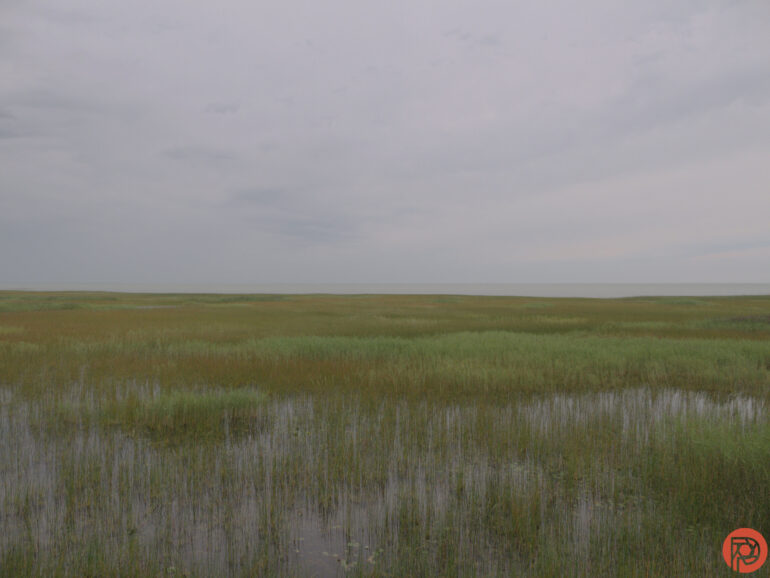
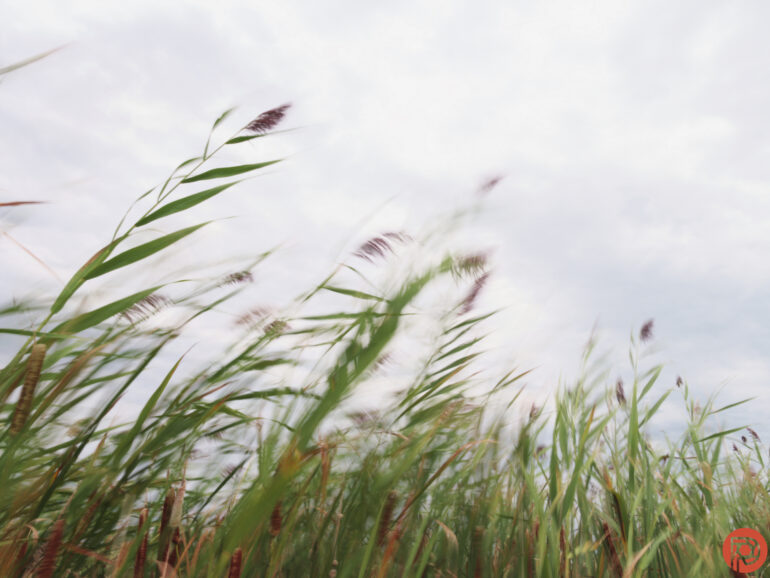
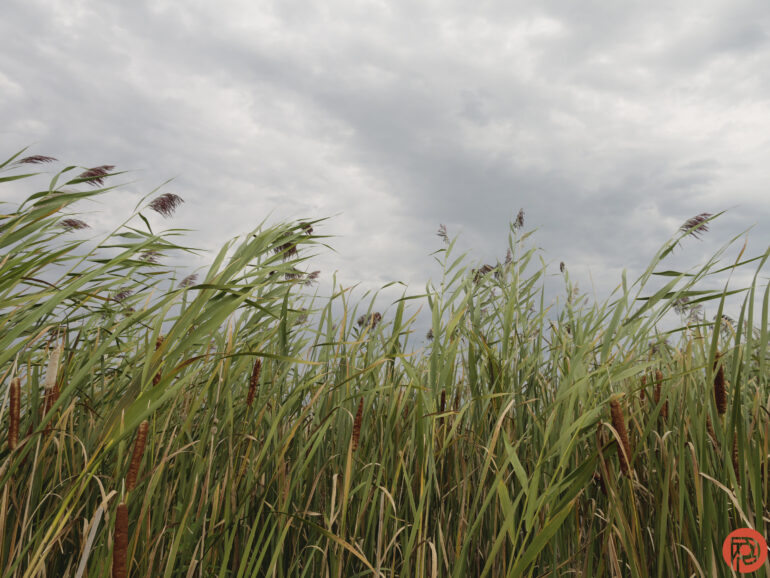
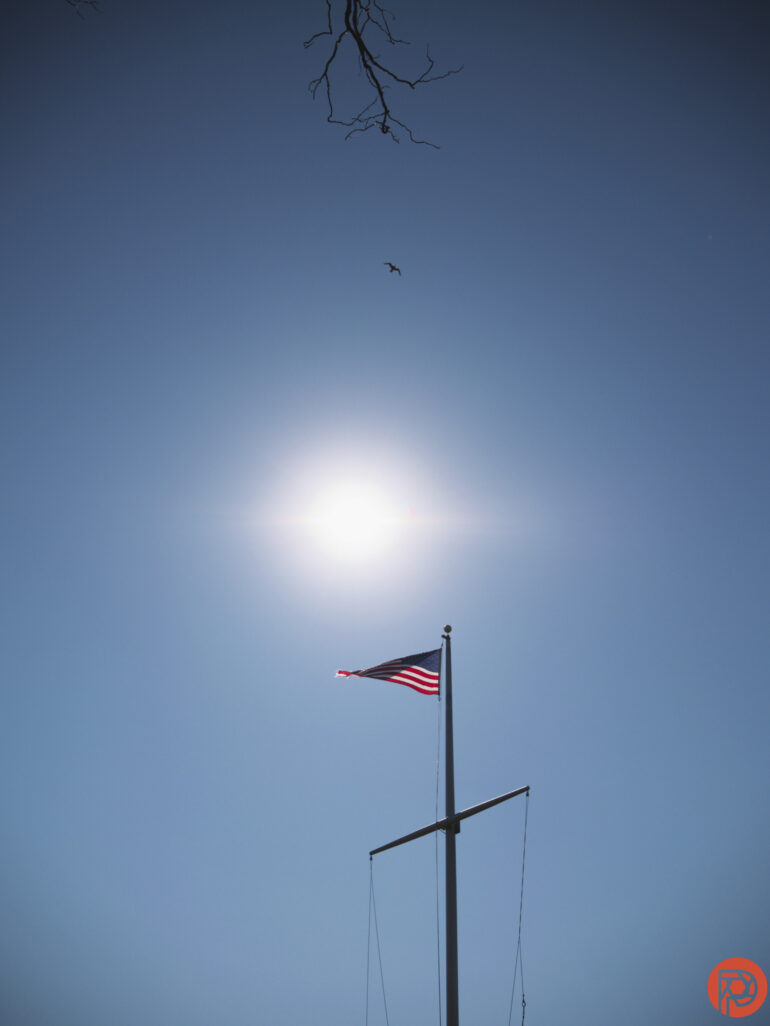
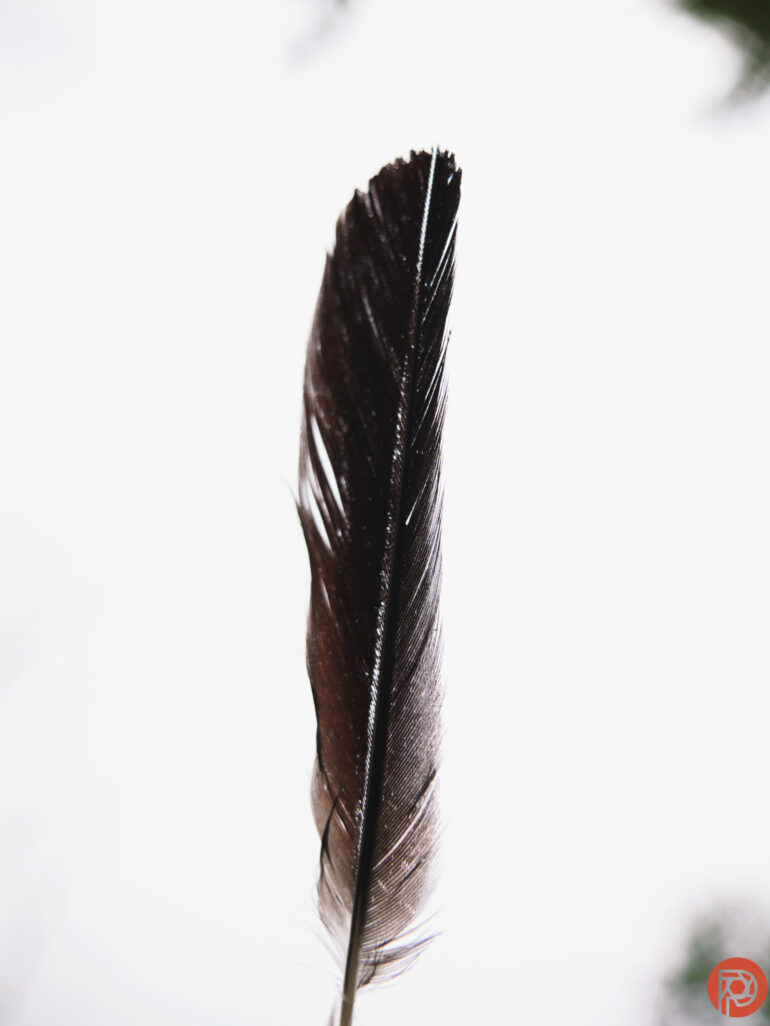
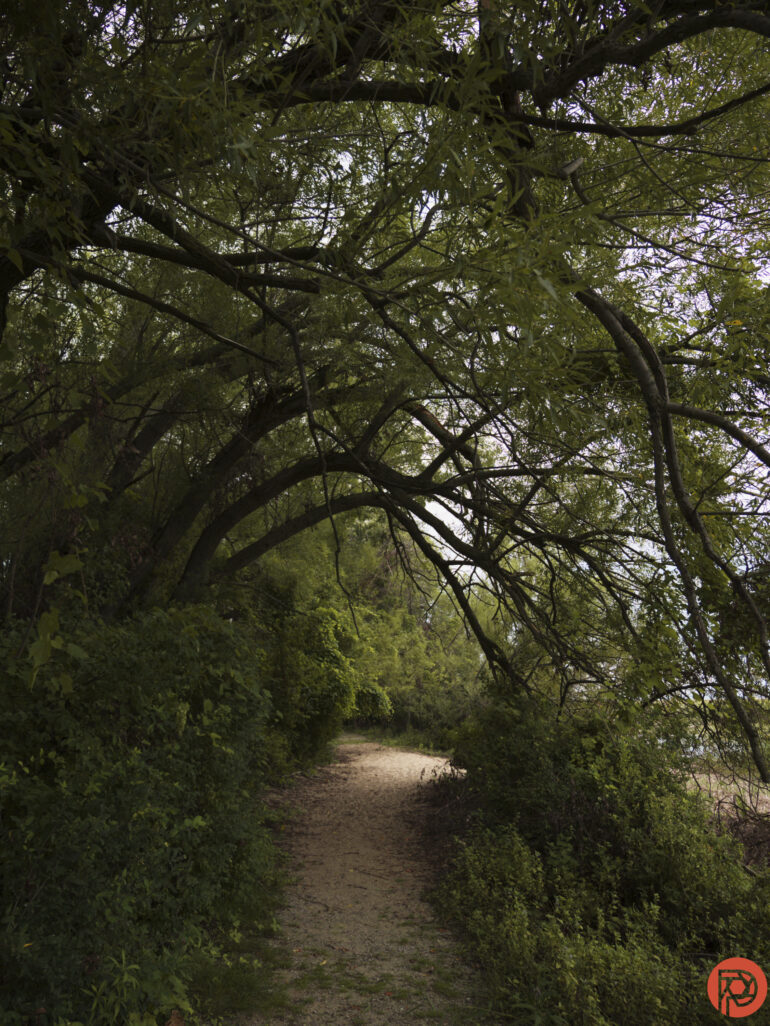
Who Should Buy It?
Should Micro Four Thirds photographers pick up the Panasonic Leica 12-35mm f2.8, or invest in something like the Panasonic Leica 10-25mm f1.7? The 12-35mm f2.8 is the lens for photographers who want something light enough to carry around all day. It’s a versatile workhorse with a 24-70mm equivalent reach, plus a decent close-up ability. The lens is also ideal for photographers who love streaky flare for creating magic at golden hour. At $899, it’s also the more affordable choice.
Bokeh snobs should opt instead for the less versatile but brighter 10-25mm f1.7. The bokeh on the 12-35mm has a hard, onion-ring edge to it. Add that to the f2.8 on the Micro Four Thirds sensor, and the pricier f1.7 option is easily the better choice for soft backgrounds. But, the 10-25mm doesn’t reach as far and is much heavier and pricier.
Tech Specs
LensRentals lists the following specifications for the Panasonic Leica 12-35mm f2.8:
- Angle of View: 84° to 34°
- Aperture Blades: 7, Rounded
- Autofocus: Autofocus
- Brand: Panasonic
- Filter Size: 58.0mm
- Focal Length: 12.0-35.0
- Hood Included: Yes
- Image Stabilization: Yes
- Item Type: Lens
- Lens Type: Normal Range
- Max Aperture: 2.8
- Maximum Magnification: 0.21x
- Mfr. Model Number: H-ES12035
- Minimum Aperture: 22.0
- Minimum Focusing Distance: 0.5feet
- Mount: Micro 4/3rds
- Optical Design
- Groups/Elements: 9/14
- Aspherical Elements: 4
- Ultra Extra-Low Dispersion Elements: 1
- Ultra High-Refractive Index Elements: 1
- Physical Dimensions (ø x L): 2.7 × 2.9″
- Weight: 0.7 lb.
The Phoblographer may receive affiliate compensation for products purchased using links in this blog post.
